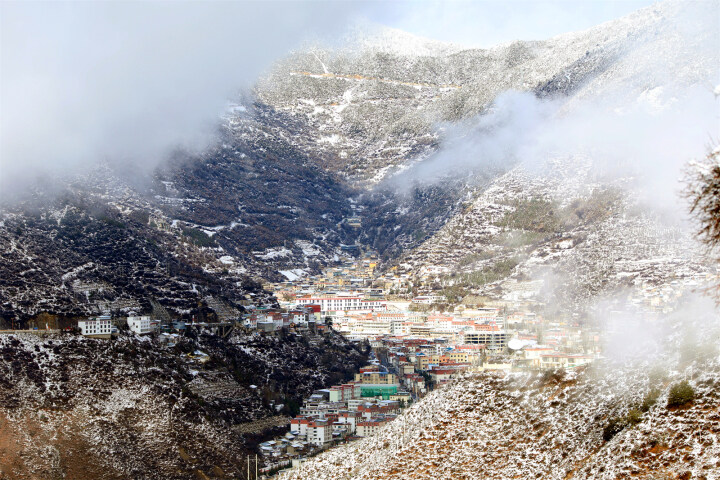
The Gaoligong Mountain forms a demarcation line between the Euro-Asian continent and the Indian ocean, impressing worldwide visitors with its supreme scenic beauty. 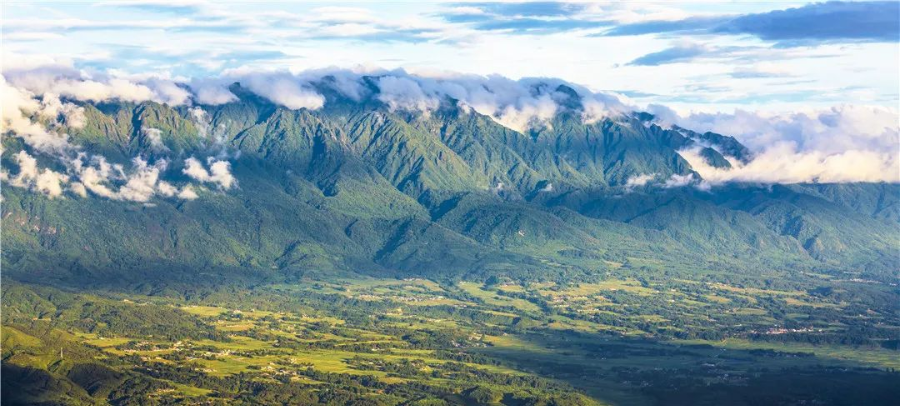


Falling under the jurisdiction of southwest Yunnan’s Baoshan city, Tengchong lies quietly at the foot of Mt. Gaoligong, which endows the town with a warm climate and a nourishing living environment. 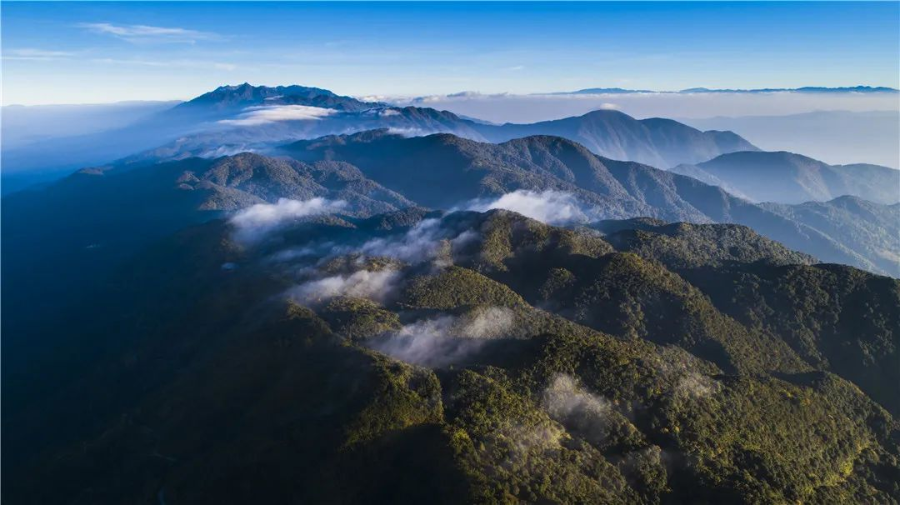
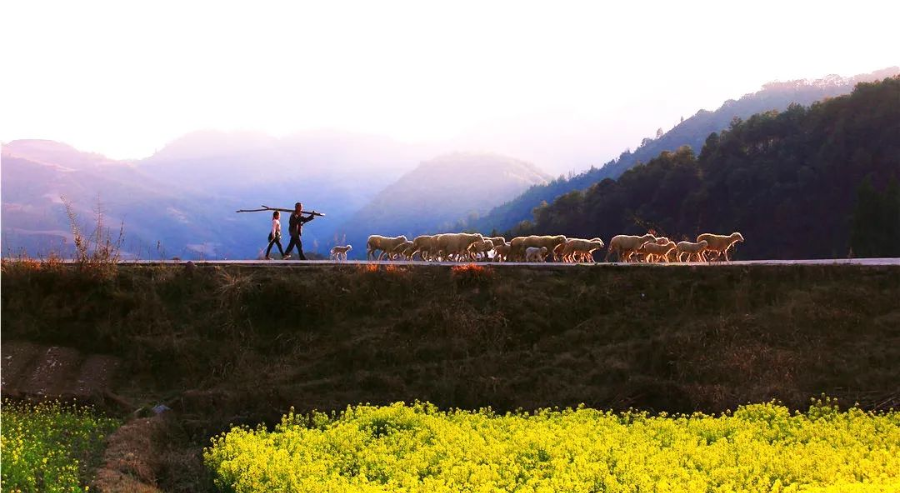
As early as the Neolithic Age, the ancient Pu people learned to use stone knives and axes here in Tengchong. Later came the Jingpo people, who belong to descendants of the strong Qiang ethnic group from north China. And the term Gaoligong is a place name in the Jingpo language. 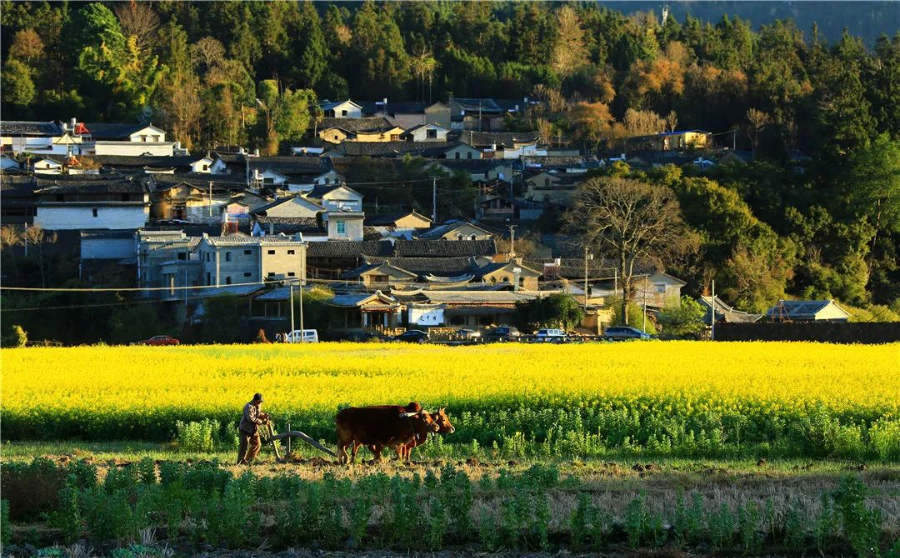
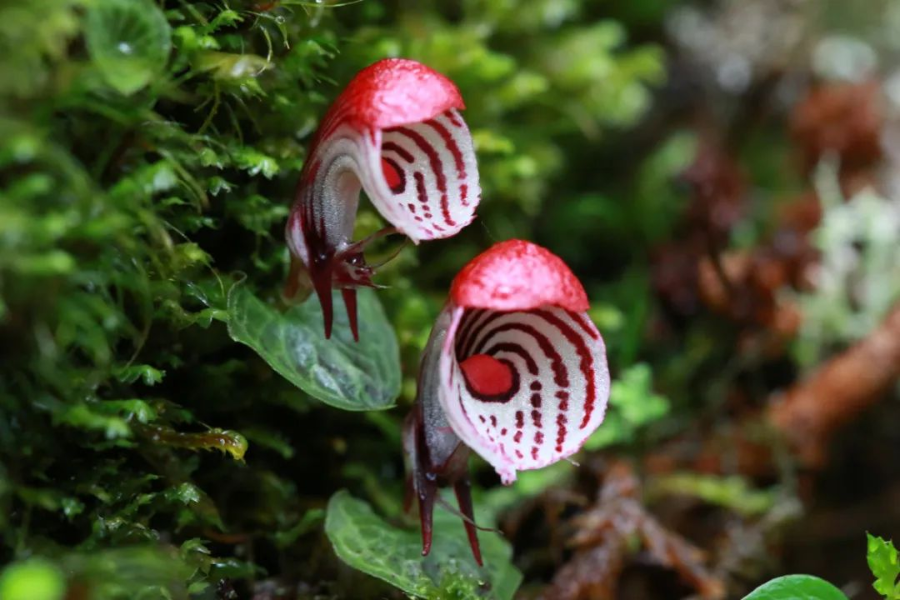
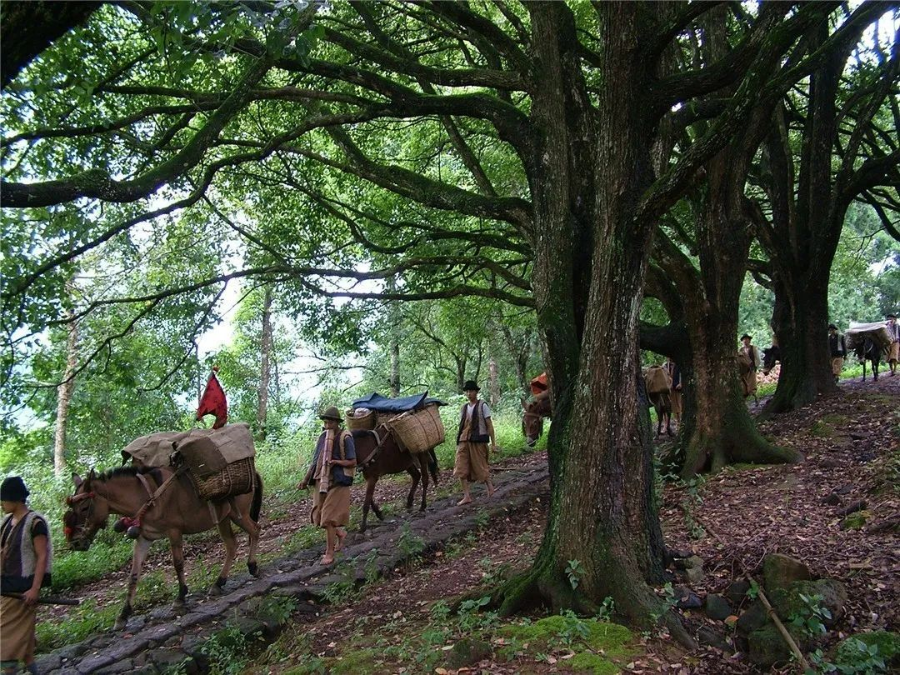
More than two thousand years ago, the Southern Silk Road was extended to Tengchong, and in the ensuing dynasties central China’s Han culture has found its way well into the frontier area.
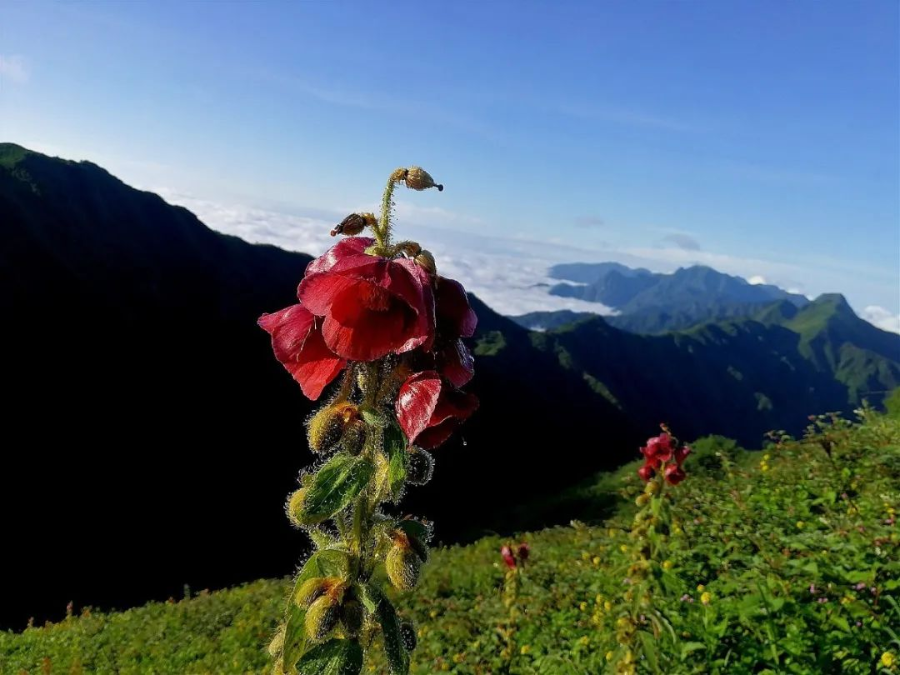
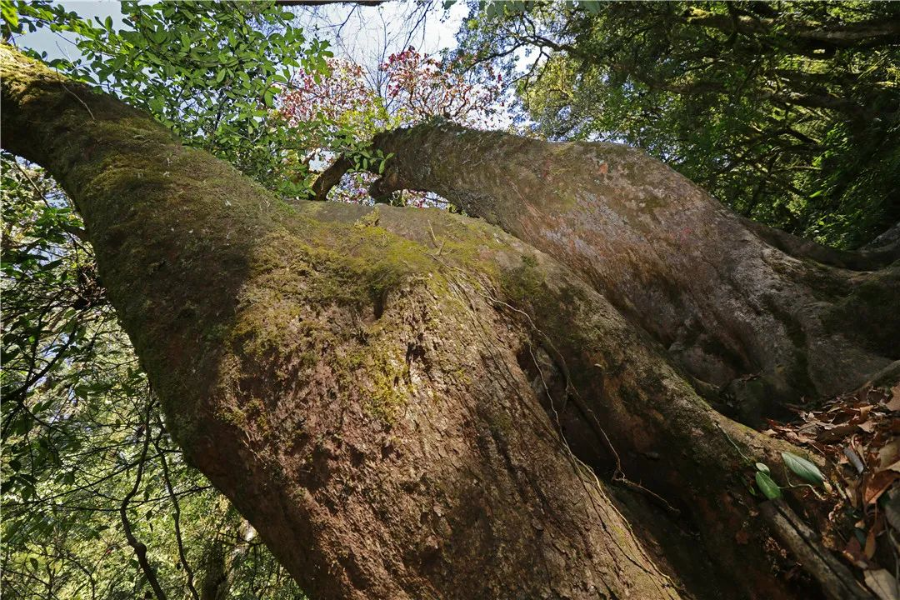
Influenced by the Confucian philosophy, Tengchong has traditionally valued education. 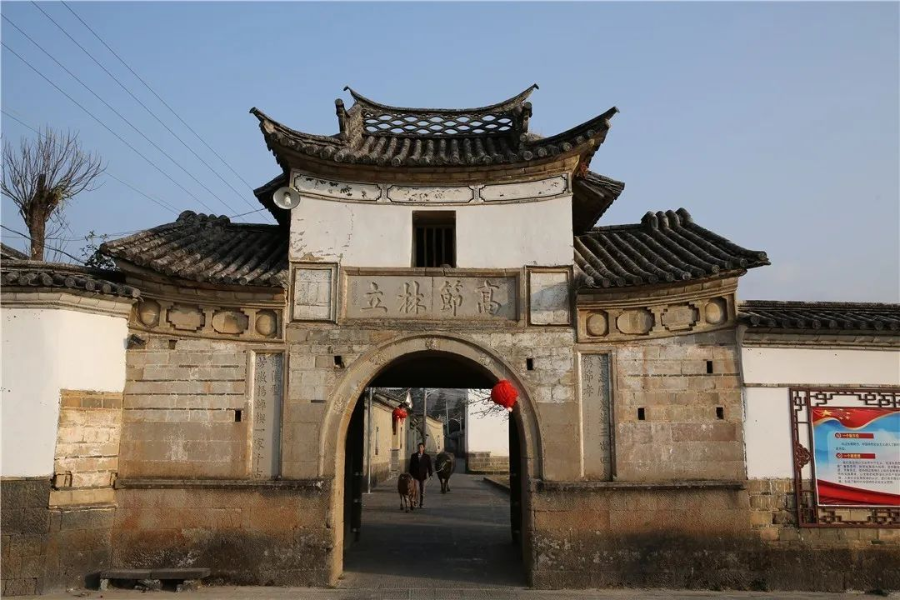
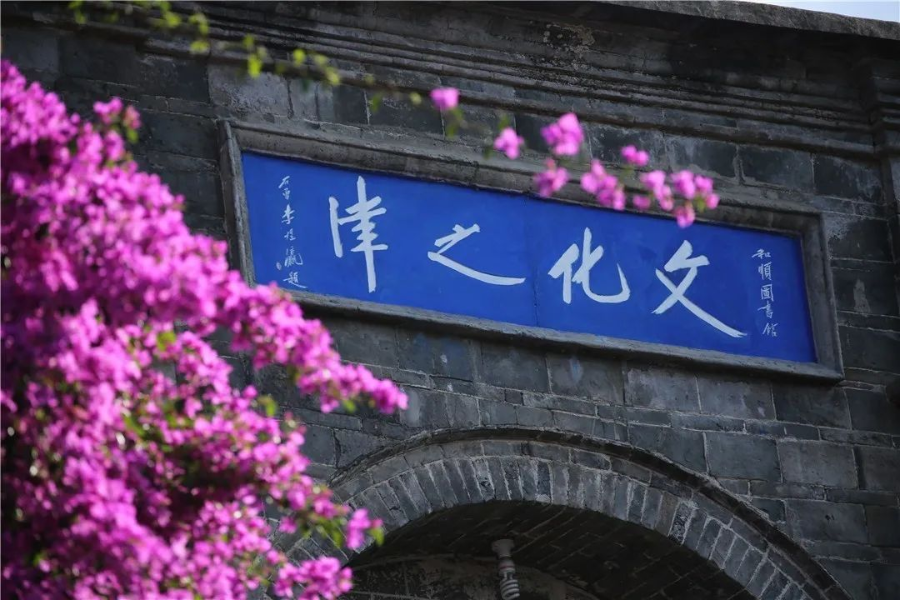
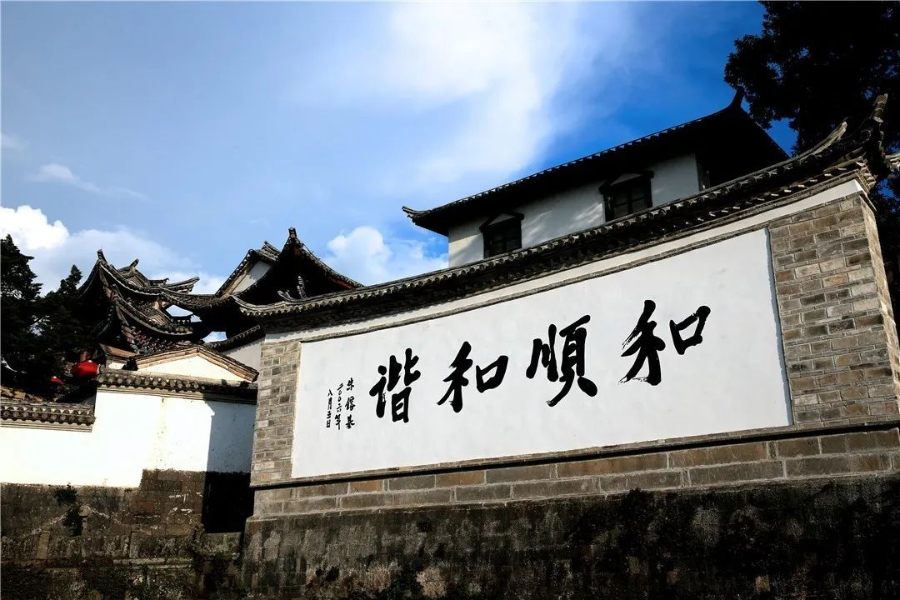
Following the fall of the Qing Dynasty, an array of cultural celebrities emulated each other in the area, including Zhang Wenguang, Yunnan leader in the 1911 Revolutionary; Li Genyuan, a founding father of the Republic of China; and Ai Siqi, a philosopher embracing Marxism. 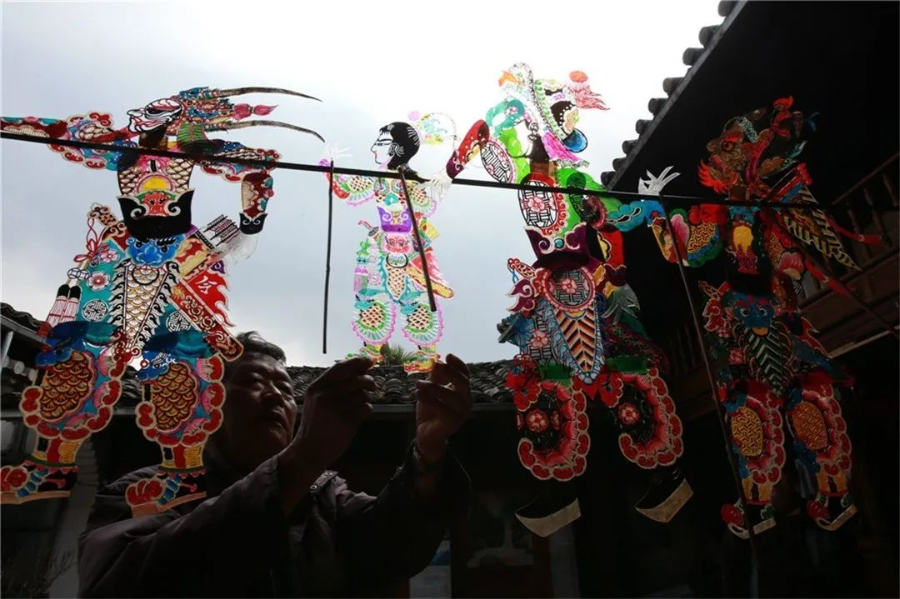

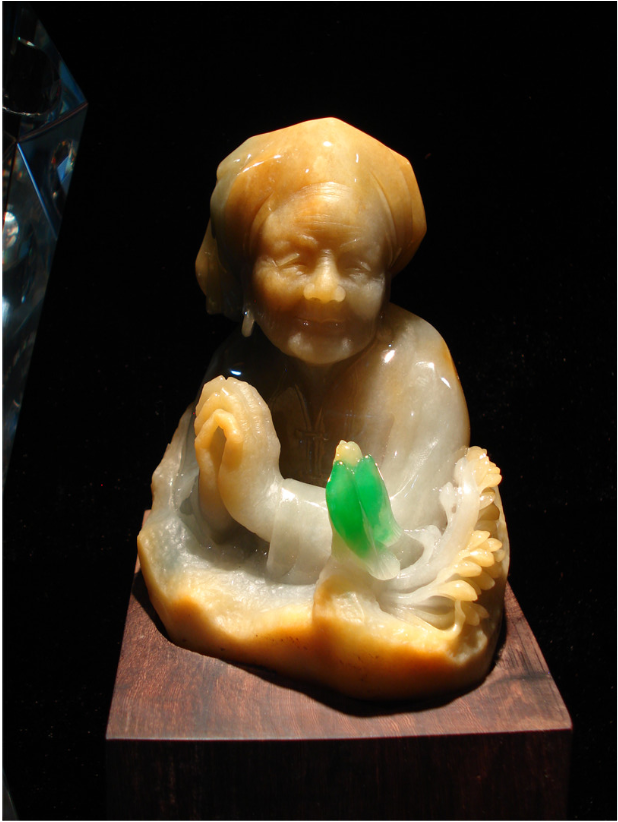
Sitting in the tri-junction of southwest China, ASEAN and South Asia, Tengchong has been a hub for jade trading and processing for around 600 years. 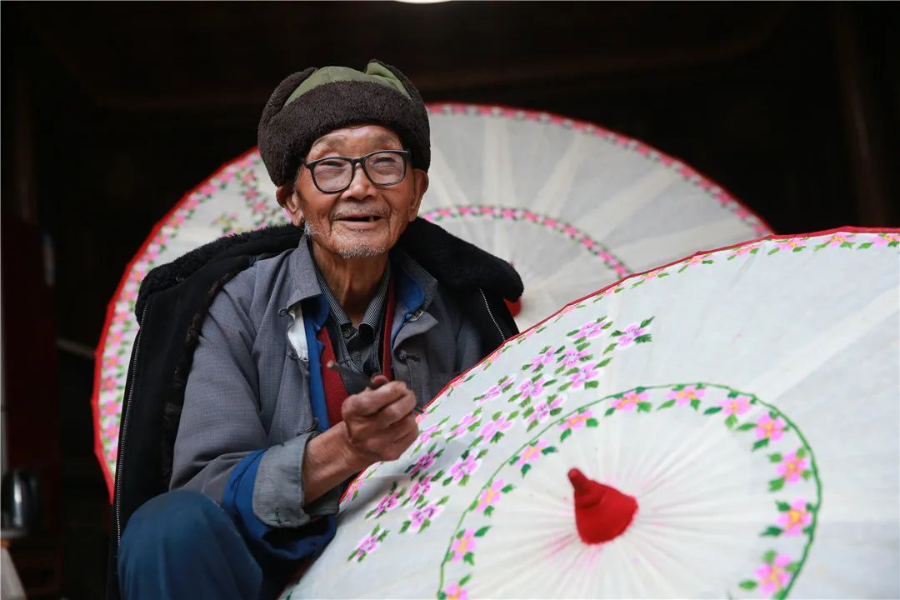

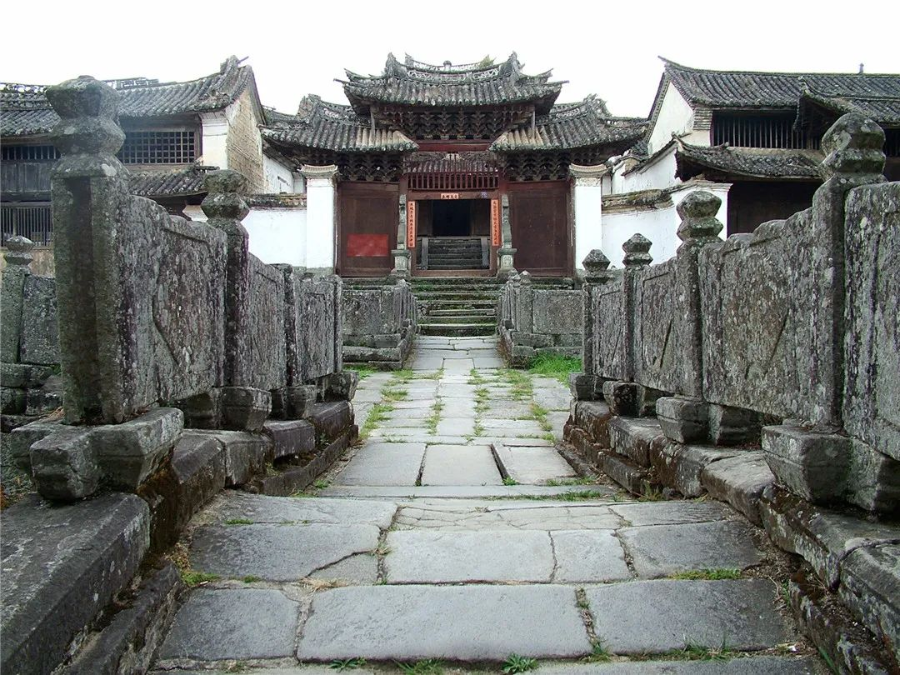
And in the Chinese Anti-Japanese War, Tengchong formed the frontline in defeating the enemies who entered Yunnan from Myanmar in the early 1940s. And the founding of the PRC brings a brand new life to folks in Gaoligong region. 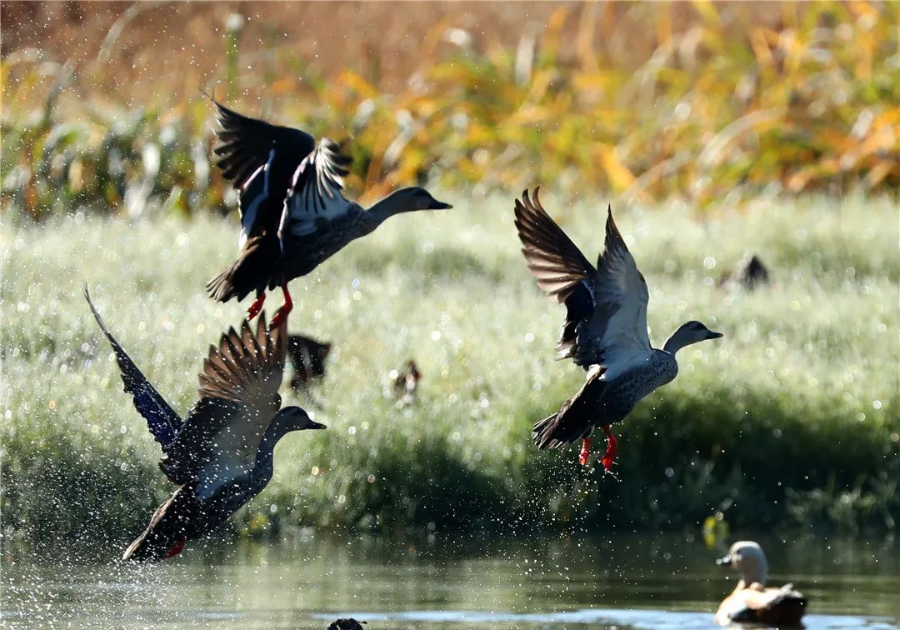

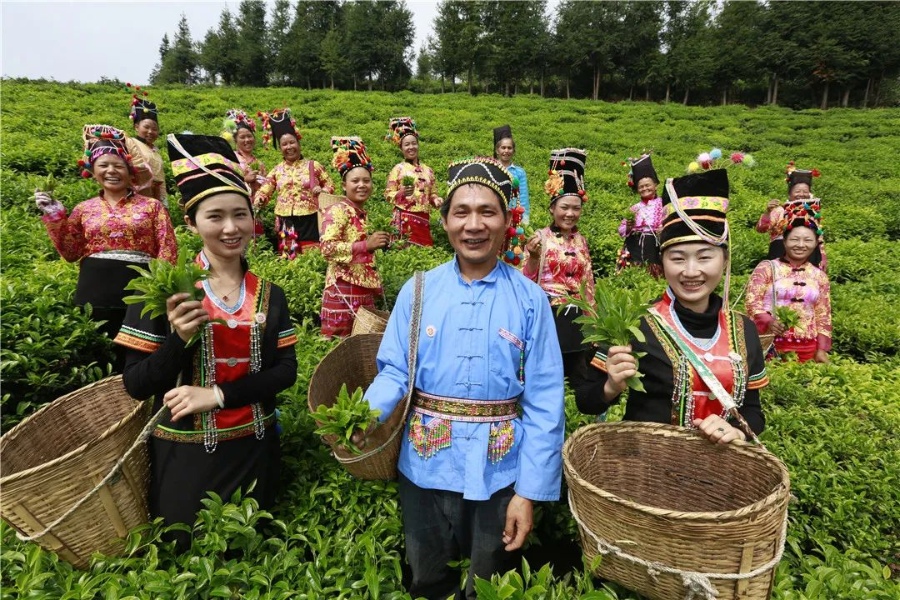
Before the 2020 Spring Festival, president Xi Jinping paid a visit to Tengchong, encouraging locals to pursue an even better life and expecting the area to be a top destination for healthy life style. Source; Yunnan Net; trans-editing by Wang Shixue
|



























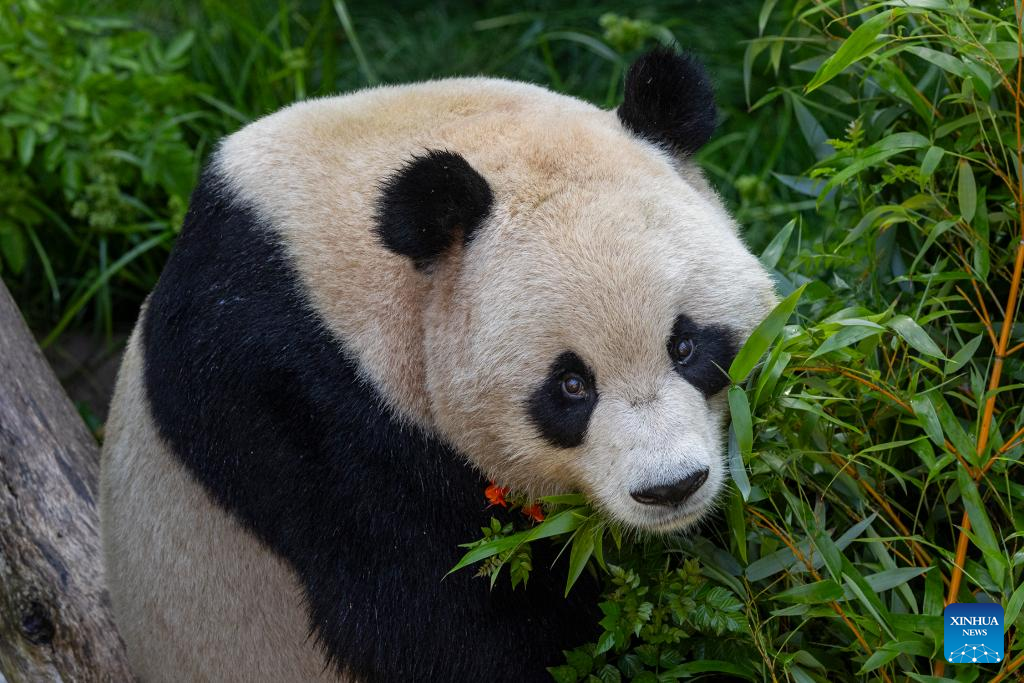
7740f3b5-9ecb-438e-9052-76cb2d4bb671.jpg)
